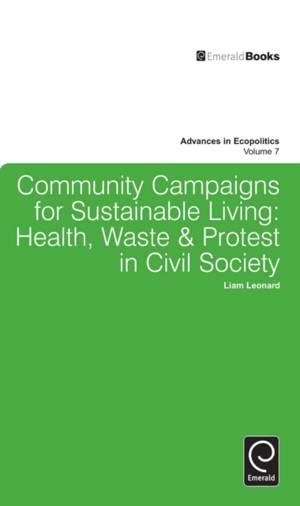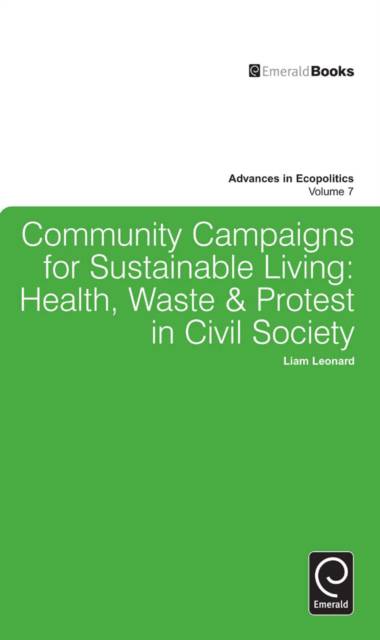
- Afhalen na 1 uur in een winkel met voorraad
- Gratis thuislevering in België vanaf € 30
- Ruim aanbod met 7 miljoen producten
- Afhalen na 1 uur in een winkel met voorraad
- Gratis thuislevering in België vanaf € 30
- Ruim aanbod met 7 miljoen producten
Zoeken
€ 281,95
+ 563 punten
Omschrijving
This book is based on research and observations undertaken for the author's PhD thesis at the National University of Ireland, and represents a case study of national and regional campaigns against both the Irish state's Regional Waste Management Plans and the corporate sector's attempts to develop waste incinerators or dumps in various parts of Ireland. This book provides an in depth account of the mobilizing patterns and framing processes of community campaigns which emerged in the wake of the Irish state's introduction of regional plans for waste management, which included plans for municipal 'waste to energy' plants or incinerators. It is the only book with a sole focus on this aspect of Irish society during the 'Celtic Tiger' boom which preceded the current economic downturn, and examines policy, population, development social issues and local and national electoral processes in detail at a time of immense change in the Republic of Ireland. As such, it provides a salient insight into the societal shifts which provide opportunities for social movements to oppose state or corporate plans which may be perceived to have human health or environmental risks associated with them.
Specificaties
Betrokkenen
- Auteur(s):
- Uitgeverij:
Inhoud
- Aantal bladzijden:
- 290
- Taal:
- Engels
- Reeks:
- Reeksnummer:
- nr. 7
Eigenschappen
- Productcode (EAN):
- 9781780523804
- Verschijningsdatum:
- 17/10/2011
- Uitvoering:
- Hardcover
- Formaat:
- Genaaid
- Afmetingen:
- 156 mm x 234 mm
- Gewicht:
- 580 g

Alleen bij Standaard Boekhandel
+ 563 punten op je klantenkaart van Standaard Boekhandel
Beoordelingen
We publiceren alleen reviews die voldoen aan de voorwaarden voor reviews. Bekijk onze voorwaarden voor reviews.











